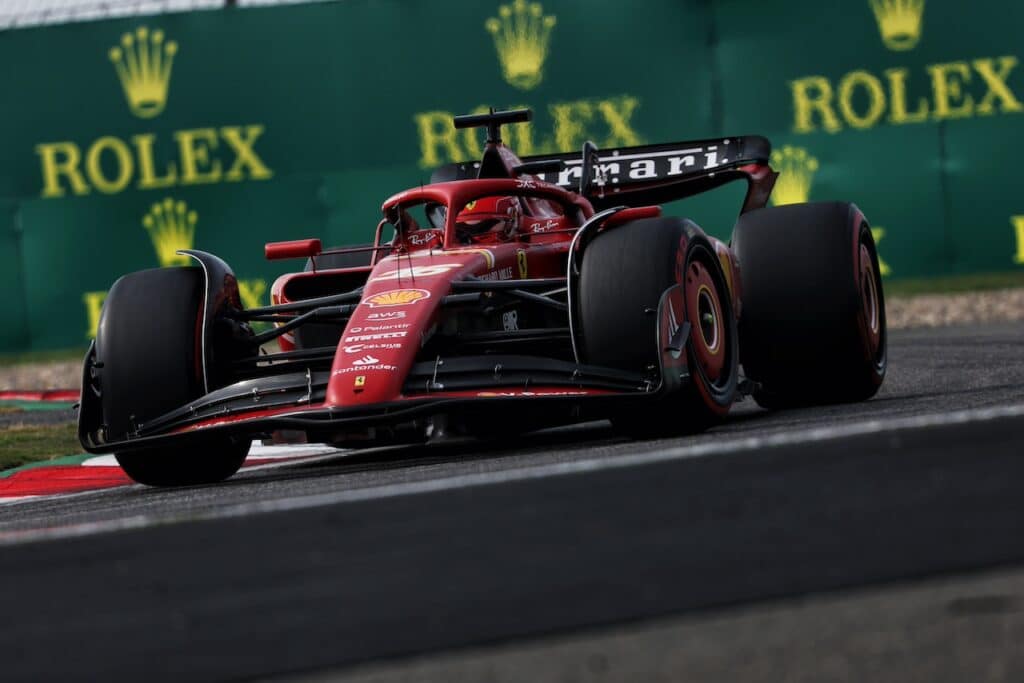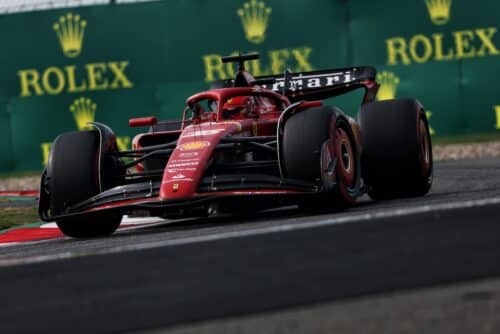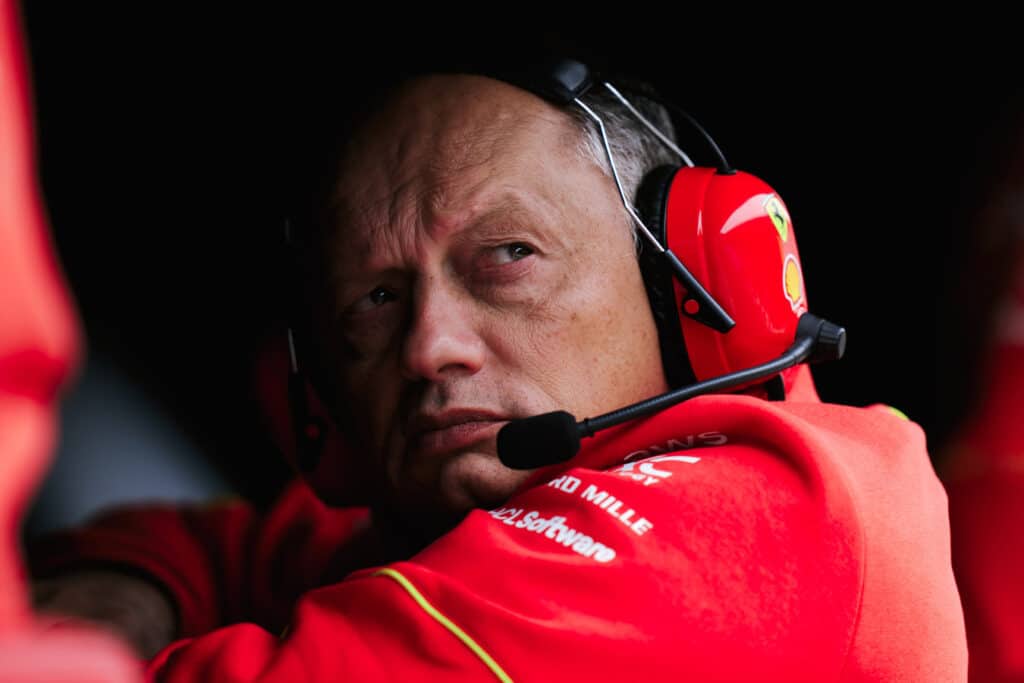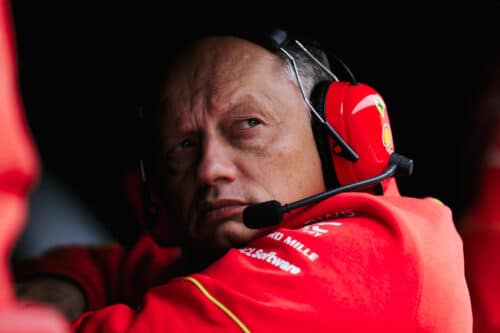F1 | Toro Rosso explains the changes inside the garage with the new single-seaters
The increase in size will lead to a radical change
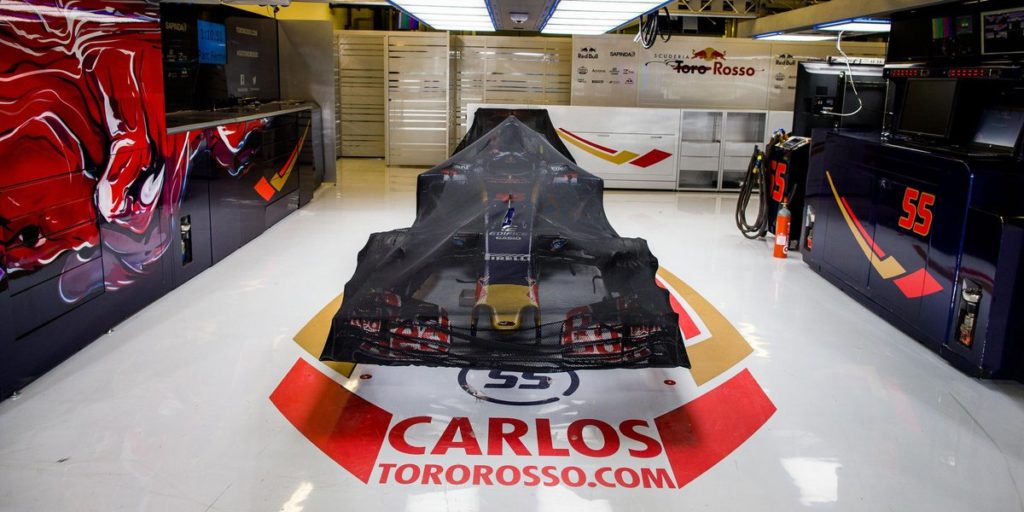
As you well know by now, this year's Formula 1 cars will be radically different to those of recent years. Simply put, they will be bigger, longer, wider and heavier. The width goes from 1800 to 2000 mm and the front wing grows from 1650 to 1800 mm. The tires are also wider: the front ones go from 245 to 305 mm, while the rear ones grow by 80 millimetres, thus reaching 405. The overall dimensions of the car floor and sides grow from 1400 to 1600 mm. A domino effect which also involves an increase of 20 kg in the weight of the cars, which will thus reach 722 kg.
All this will greatly influence the work of the teams: from the simple fact that the cars will take up more space in the pits to pit stop operations, during which the mechanics will have to get used to lifting larger and heavier wheels. Not to mention the greater physical effort that the drivers will have to make to drive these monsters which, for F1 fans of the past, will evoke the cars of the 80s. From the photos you can appreciate the difference in size between the 2017 and 2016 tyres: the former were stacked starting from the front tyres, while the latter from the rear.
Furthermore, the increase in the size of our cars has also had other side effects. In particular related to the need to equip ourselves with new packaging and containers for all the material: from the frame to the wings, from the bottom to the rims. Most of the new equipment is needed for air transport, as dealing with larger cars and components is a little less complex for logistics during European races, although we still had to modify the trucks to cope to new needs. For sea and air transport we had to purchase new crates. First, we built new aluminum cages for transporting the frames. The noses also have new boxes, with different anchoring points. We had to redo the boxes that hold the rims to accommodate the increased width and, incidentally, we also had to get larger tyrewarmers.
Other equipment in the garage has also been modified, such as the trolleys for transporting bodywork components or the completely new ones for transferring rims and tires from the Pirelli area, in the paddock, to our garage and warehouse. Although there are no regulatory changes affecting power units, following our transition to Renault engines, we have also intervened in this field with new supports. Taking into account that the garages of the 20 circuits of the F1 calendar have not changed compared to last year, we have redesigned the layout of our garages to optimize the precious space around our cars, so as to allow the mechanics to work comfortably, despite the large size of the two STR12s. Finally, the kit we use to check that our cars are in line with regulatory measurements has been updated to the new dimensions, especially the models used to check the dimensions of the front, rear and bottom wings.
if you want to always be updated on our news
Follow us here

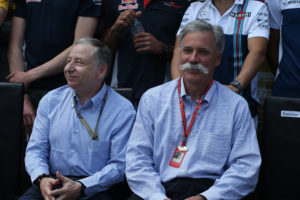


![Formula 1 | Focus: the special liveries in the history of Ferrari [PHOTO]](https://f1grandprix.motorionline.com/wp-content/uploads/2024/04/focus-ferrari7-1-1024x680.jpg)
![Formula 1 | Focus: the special liveries in the history of Ferrari [PHOTO]](https://f1grandprix.motorionline.com/wp-content/uploads/2024/04/focus-ferrari7-1-500x332.jpg)
